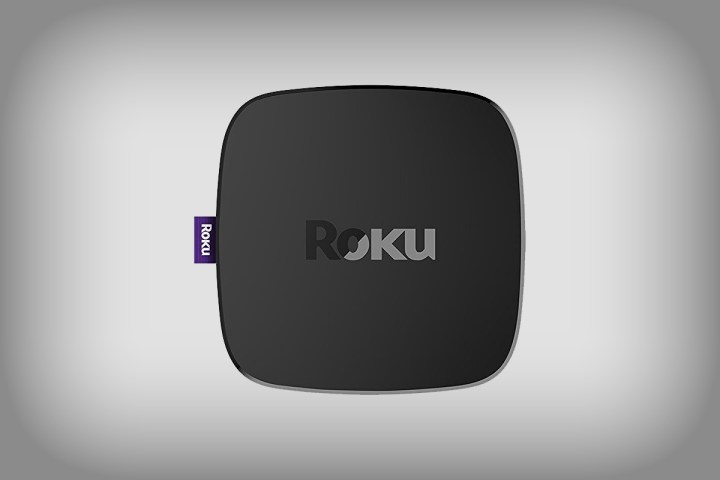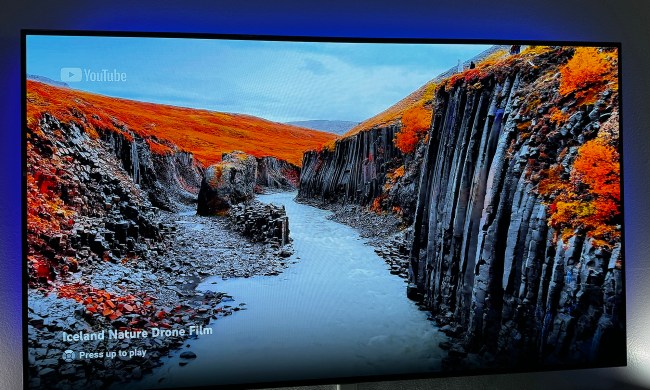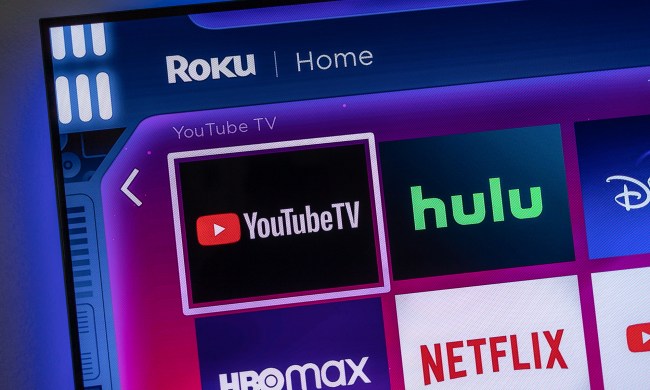
In the IPO filing, the company said that as of June 30, it has 15.1 million active accounts, and users have streamed more than 6.7 billion hours worth of content on the platform from January to the end of June. This marks a 62-percent growth from the same period in 2016. Last year the company generated $398.6 million in revenue, a 25-percent increase from 2015.
All of this may sound appealing to investors. In the first six months of 2017, Roku lowered its prices and even saw a 37-percent increase in device sales. But then comes the hurdle that is Netflix and YouTube. Netflix is the most popular video service on the device, but makes the company little to no money at all.
“We do not expect revenue from Netflix to be material to our operating results for the foreseeable future,” Roku said, according to the Marshfield News-Herald.
And it’s the same story for YouTube. The video sharing service is Roku’s most popular ad-supported service, yet it brings in zero revenue for Roku. The company doesn’t get a cut of YouTube’s ads. And the device has some pretty serious competition, despite how well the company may be doing at present.
“Competition is intense for these resources, and a competitor with more extensive product lines and stronger brand identity, such as Apple or Google, possesses greater bargaining power with retailers,” Roku said in the filing. The company is apparently fighting for shelf space at retailers.
Amazon, for example, is able to sell its own TV streaming products as well as market and promote those products more prominently on its official website. But user trends favor the company’s services. About 80 percent of millennials say they watch or have access to streaming services, so that’s good news for the company.
“Over the past two-and-a-half years, Roku has expanded their product lines, evolved their platform business with smart-TV makers, and continued to build out its advertising business,” Brett Sappington, director of research at consulting firm Parks Associates, told the LA Times. “A platform-based approach and their advertising business will be keys to their future revenues and success.”
Update: Roku has gone public, and had a very successful first day on the market.


